ZEN MESTEREK ZEN MASTERS
« Zen főoldal
« vissza a Terebess Online nyitólapjára
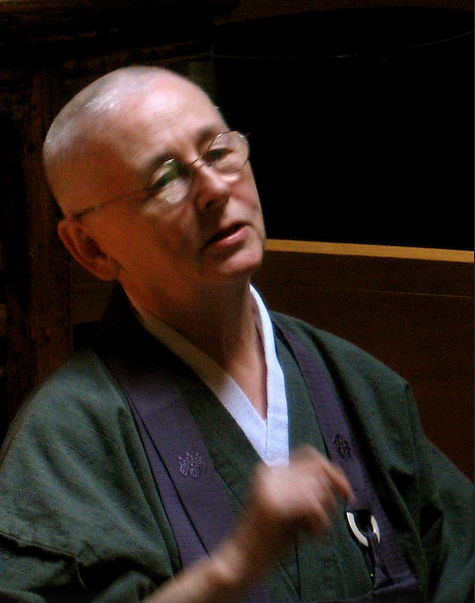
映道 Eido Frances Carney / Mary Frances Carney
http://www.eidofrancescarney.com/
Eido Frances Carney has been practicing in the Soto Zen Buddhist tradition since 1971 and is the teacher and resident priest at Olympia Zen Center, Olympia, Washington. She trained in the U.S. and in Japan at Shoboji Temple and received Dharma Transmission from Niho Tetsumei Roshi of Entsuji Temple, Kurashiki, in 1997. She is in lineage with the hermit priest-poet Ryokan.
During her living, training, teaching and studying in Japan, she trained with Tokunaga Shoen Sensei, her main calligraphy teacher. Tokunaga Sensei is a master calligrapher whose art is shown frequently in Kyoto, Okayama, and Kurashiki. While in priest training at Shoboji, Eido trained in classic calligraphy techniques with Ito Daikan Roshi. In 1998, Tokunaga Sensei joined Eido in an exhibition of their work, along with the photographs of Eido's daughter, Ellen O'Connell at Site Line Gallery in Olympia.
In 2000, Eido had an exhibition for the Year of the Dragon at Washington Center for the Performing Arts, and at Childhood's End Gallery. In 2001 she had an exhibition at South Puget Sound Community College where she had been an adjunct faculty member for ten years.
Eido teaches regularly at OZC giving Dharma talks on Wednesday evenings along with occasional creative workshops. She also teaches at various centers in the U.S. and Europe. She takes a creative approach to practice being influenced by the life of Ryokan, poetry, painting, and the solitary way.
She continues to experiment with art and to write and publish poetry and her recent book, Kakurenbo Or the Whereabouts of Zen Priest Ryokan . She shows art informally at Olympia Zen Center and sells her paintings privately.
In 2012 she established Temple Ground Press which focuses on publishing the teachings of Soto Zen women priests. In September 2014, Temple Ground Press published Seeds of Virtue, Seeds of Change , a collection of Dharma talks by Soto Zen women priests edited by Jikyo Cheryl Wolfer with a Foreword by Eido Frances Carney. The next book on the Eightfold Path is underway and will be published in September, 2016.
Eido is publishing writings from her early days using her birth name, Mary Frances Carney, writing some new fiction, and also preparing a series of Zen Journal Guides to be published in summer.
http://olympiazencentereidoblog.blogspot.com/
PDF: The Geography of Freedom: Ryokan at Gogoan, Thoreau at Walden Pond
by Eido Mary Frances Carney
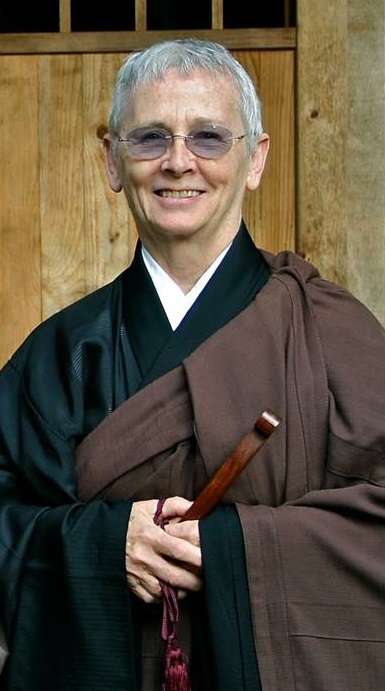
Dharma Lineage of 映道 Eido Frances Carney
永平道元 Eihei Dōgen (1200-1253)
孤雲懐奘 Koun Ejō (1198-1280)
徹通義介 Tettsū Gikai (1219-1309)
螢山紹瑾 Keizan Jōkin (1268-1325)
明峰素哲 Meihō Sotetsu (1277-1350)
珠巌道珍 Shugan Dōchin (?-1387)
徹山旨廓 Tessan Shikaku (?-1376)
桂巌英昌 Keigan Eishō (1321-1412)
籌山了運 Chuzan Ryōun (1350-1432)
義山等仁 Gisan Tōnin (1386-1462)
紹嶽堅隆 Shōgaku Kenryū (?-1485)
幾年豊隆 Kinen Hōryū (?-1506)
提室智闡 Daishitsu Chisen (1461-1536)
虎渓正淳 Kokei Shōjun (?-1555)
雪窓祐輔 Sessō Yūho (?-1576)
海天玄聚 Kaiten Genju (?-?)
州山春昌 Shūzan Shunshō (1590-1647)
超山誾越 Chōzan Gin'etsu (1581-1672)
福州光智 Fukushū Kōchi (?-?)
明堂雄暾 Meidō Yūton (?-?)
白峰玄滴 Hakuhō Genteki (1594-1670)
月舟宗胡 Gesshū Sōko (1618-1696)
徳翁良高 Tokuō Ryōkō (1649-1709)
提山元綱 Teizan Genkō
霊源素皎 Reigen Sokō
鉄作素心 Tessa Soshin
無門素関 Mumon Sokan
雲巌素流 Ungan Soryū
物山泰先 Mossan Taisen
萬嶽千丈 Bangaku Senjō
天中大暁 Tenchū Daikyō
天南活暁 Tennan Kakyō
大勇活禅 Daiyū Katsuzen
活眼道基 Katsugen Dōki
活龍哲明 Katsuryū Tetsumei (1939-) [仁保 Niho rōshi]
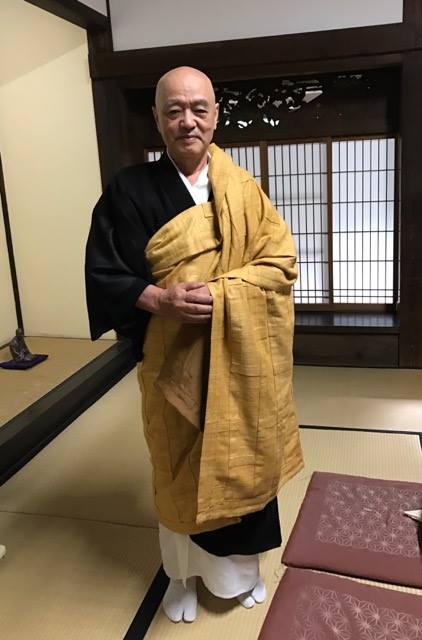
http://www.entsuji-kurashiki.jp/about.html
Books by Eido Frances Carney
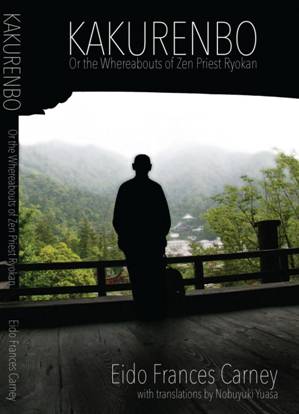
Kakurenbo: Or the Whereabouts of Zen Priest Ryokan
by Eido Frances Carney
Temple Ground Press, 2013.
268 p.
An exploration of the life of the Zen priest-poet Ryokan is interwoven with memoir of the author as she observes Ryokan's life during her own training as a Zen priest in Japan and encounters Ryokan in contemporary life as a model for learning and renewal. Ryokan loved the game Hide-and-go-Seek, Kakurenbo in Japanese, and this provides a metaphor as the author seeks to uncover the mysterious pathway of the hermit priest who seems to defy description. Ryokan had no plan to promote himself in any way or to encourage popularized stories about his life. He simply continued to live, not as a unique figure, but as someone authentic to his vow, living the Dharma somewhat hidden away as a hermit priest, as he climbed up and down the slope of his mountain refuge bearing the cold in winter and enduring the mosquitos in summer. Yet nearly 200 years after his death, Ryokan is known globally and we hold him in high esteem. Our wish to know him might suggest our hunger in these difficult times to touch a rare sainted life that is unabashedly simple. Perhaps we long to live fully in the courageous way that Ryokan did, to help us withstand with some grace the frictions and challenges that beset us. Translations of Ryokan's poems by the acclaimed Nobuyuki Yuasa highlight each chapter, and appear throughout the book; they serve to express Ryokan's teachings in the Dharma and his wisdom as a guide in the 21st Century. The memoir gives a personal glimpse into Zen training today where the author was the only woman and the first foreigner in the history of the 700-year-old temple. This creative medley—biography of Ryokan, author's memoir, poetry of Ryokan, and teachings in the Dharma—opens us to a new interpretation of Ryokan as a profound teacher, scholar, poet, hermit, and priest. The book includes an appendix with practice to honor Ryokan and to hold him throughout time as a true friend and guide in the Buddha Dharma. The book is for general readership as well as for seasoned meditators.
PDF: A Solitary Hermitage (extract)
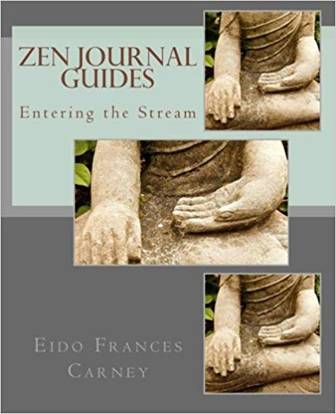
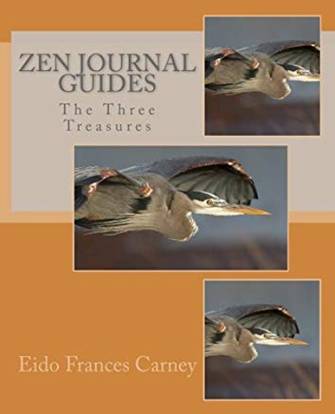
Zen Journal Guides: Entering the Stream & The Three Treasures
by Eido Frances Carney
CreateSpace Independent Publishing Platform, Vol. 1, 2015. 98 p., Vol. 2, 2017. 98 p.
Balancing meditation with personal writing with our own inner thoughts and concerns can help us keep a healthy spiritual dynamic in daily life. We learn to look forward each day to the quiet time we spend with our own self-writing on the reflection of discovery we come to as we ask questions and give thought to the responses. It can help us to see when the ego is acting out and allow us to admit it in the privacy of the notebook. It can help us quietly sort out angers that arise from daily circumstances that are sometimes beyond our control. Or it can help us be grateful for the gift of a few moments of silence. It can help us apply the wisdom teachings by becoming intimate with them through our own exploration. We don't simply read and forget the teachings, we engage in the dialogue of understanding and developing the heart/mind in clarity and spiritual confidence. This workbook in Zen is intended to help us demonstrate that very quality.